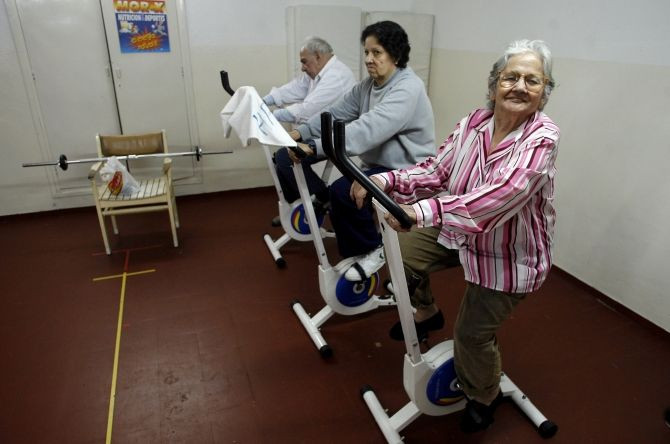Fountain of Youth? Scientists Stop the Clock on Aging Muscles

An international group of scientists has identified a key protein that is responsible for aging muscles. Their findings could help researchers reduce falls in the elderly patients or even make old muscles young again.
The study was conducted by scientists at Harvard University, King's College London, and Massachusetts General Hospital. In it, they were able to stop the aging process in mice with a common drug.
The study examined stem cells found in muscles in the hopes that those cells could hold the answer to why muscles lose the ability to repair themselves with age. Every muscle has a dormant pool of stem cells, which can be activated by exercise or injury to divide and form new muscle fibers. That division is what allows the muscle to repair itself, and it is spurred by the production of the protein FGF2. At the end of the process, the reserve of stem cells is renewed so that the muscle can repair itself again and again.
But in older people, for some reason, that process breaks down. Researchers found that the reserve of dormant stem cells becomes smaller, which they think may be the reason for the declining ability for muscle to repair itself. They also found that the old muscles had a high amount of FGF2. Researchers found that FGF2 could wake up the sleeping stem cells when they were not needed. That meant that the pool was depleted over time, so the stem cells were unavailable when they were needed.
Researchers injected mice with an FGF2 inhibitor in order to keep their muscles from depleting the pool of dormant stem cells. They were able to keep the number of stem cells steady in mice.
"The finding opens up the possibility that one day we could develop treatments to make old muscles young again," Dr. Albert Bassen, one of the study authors, said. "If we could do this, we may be able to enable people to live more mobile, independent lives as they age."
The study was published in the journal Nature.



























